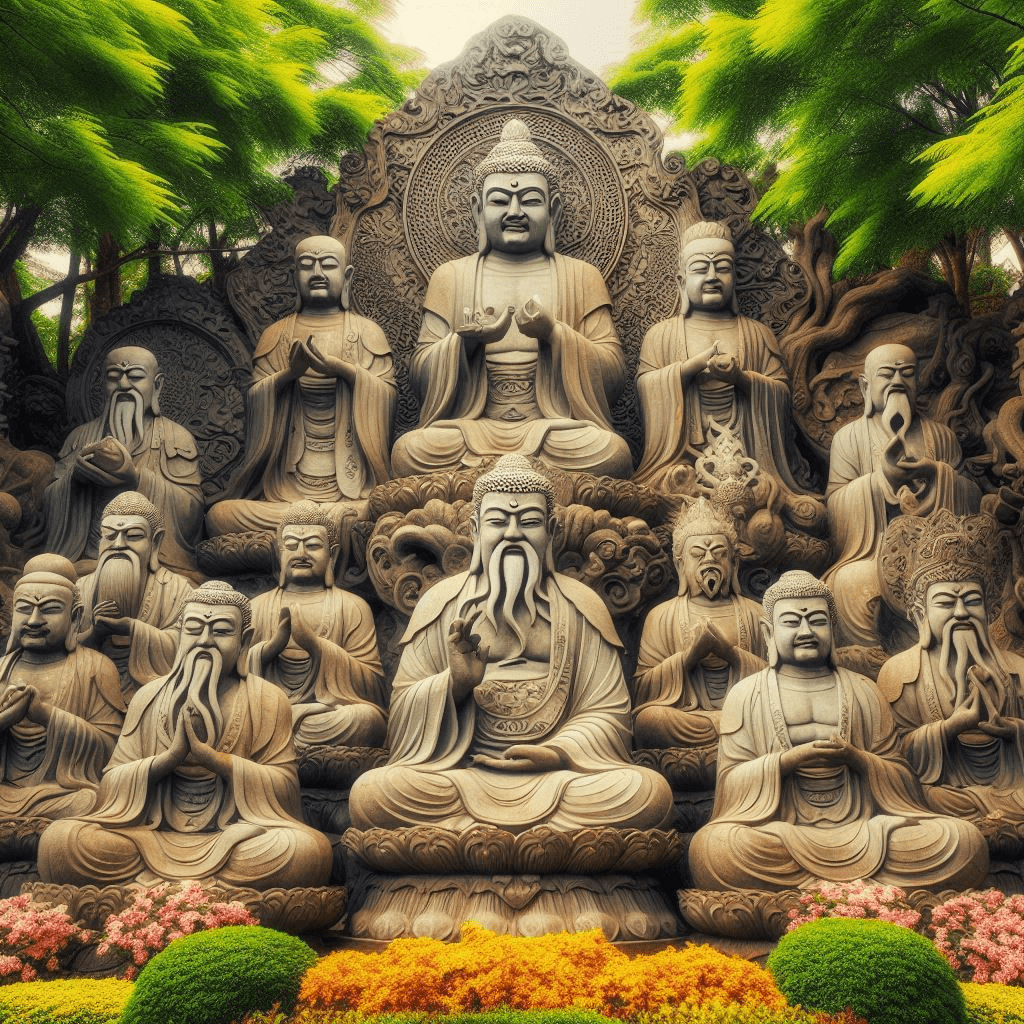The Rise of Buddhist Influencers on TikTok, YouTube, and Instagram
In the age of constant connectivity, Buddhist monks and spiritual teachers are becoming digital influencers. From serene monasteries to vibrant Instagram feeds, they are delivering timeless teachings through short videos, live sessions, and visual storytelling.
On platforms like TikTok and YouTube, you’ll find monks sharing lessons on mindfulness, karma, and compassion in 60-second reels. Influencers such as Ajahn Brahm, Pomnyun Sunim, and Kodo Nishimura have built large global followings, sharing Buddhist perspectives with modern-day seekers.
These influencers offer a fresh, relatable entry point into the Dharma — reaching people who may never step inside a temple but are searching for meaning online.

Why Millennials and Gen Z Are Turning to Digital Dharma
Younger generations are deeply spiritual — but not always religious. Millions now seek Buddhism for beginners online, often searching for:
- “Buddhist quotes for inner peace”
- “Mindfulness meditation techniques”
- “Monk lifestyle vlog”
- “Digital Buddhism and modern monks”
With mental health issues on the rise, many turn to meditation apps, YouTube Dharma talks, and TikTok mindfulness tips. Digital Buddhism offers them something traditional institutions can’t always provide: immediate, personal, and visual wisdom — anytime, anywhere.
How Buddhist Teachings Align with the Digital World
At first glance, it may seem like Buddhism and technology are at odds — but they share surprising parallels:
- Mindfulness vs. Distraction: Buddhist practice teaches us to stay present. Today’s influencers show how to use tech mindfully, not addictively.
- Simplicity vs. Overload: Monks promote minimalism and detachment — a powerful message in a consumerist culture.
- Compassion in Comments: Social platforms are also spaces for kindness, healing, and mutual support when used mindfully.
Digital Dharma may be fast-moving, but the teachings remain timeless. Influencers often center their content around Buddhist meditation, mental health, and living ethically in a digital age.
Is Dharma on Social Media Authentic or Diluted?
Some traditionalists worry that Dharma in a digital format risks becoming shallow or overly simplified. After all, can enlightenment be found in a 15-second reel?
But Buddhism has always adapted to the times — from oral traditions to printed sutras to YouTube videos. What matters most is intention: are the teachings helping people suffer less?
When influencers maintain authentic practice, quote reliable sources (like the Tipiṭaka or teachings of the Buddha), and share insights grounded in ethical conduct and compassion, digital content becomes a bridge — not a barrier — to the real Dharma.
The Future of Buddhism: Hybrid, Accessible, Global
The future is not online or offline — it’s hybrid. Digital Buddhism is not replacing monasteries; it’s expanding their reach. Whether you’re in New York, New Delhi, or Nairobi, you can now:
- Attend a live Dharma talk
- Ask questions to a monk on Instagram
- Join an online sangha or mindfulness group
This is the future of Buddhism: global, accessible, and deeply human.
Conclusion: Following the Path — Even Through a Screen
Digital Buddhism is not a trend — it’s a transformation. It makes the Eightfold Path available in your pocket. It turns scrolling into reflection. It shows that awakening isn’t bound to geography or robes — it begins wherever you are.
So next time you see a monk on TikTok, take a moment to pause. That may be your first mindful breath — your entry to the path of wisdom in the digital age.



